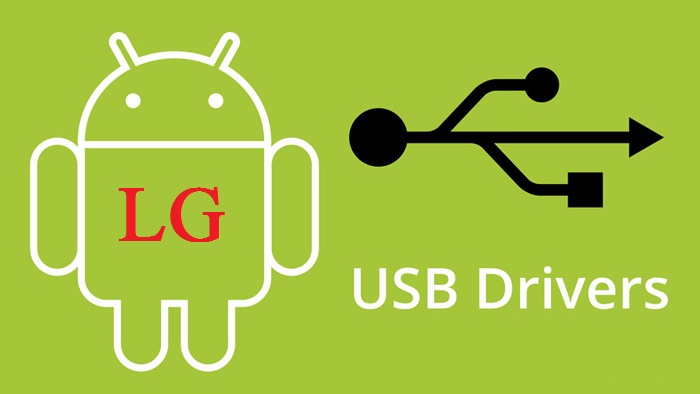Lg Ge20lu11 Drivers For Mac

If you use Boot Camp to run Windows on your Mac, you can visit the AMD website to download the latest version of their drivers for Windows. These Mac computers use AMD graphics: Wineskin mac.
- LG Get product support for the LG GE20LU11. Download GE20LU11 manuals, documents, and software. View GE20LU11 warranty information and schedule services.
- Manuals & Documents View and download information for your LG product. Software & Drivers Update your LG product with the latest version of software, firmware, or drivers. Help Library Help yourself to useful product Information. Warranty Information Search or Browse by product for Warranty Details and related pages.


- 15-inch MacBook Pro introduced in 2015 or later
- 27-inch iMac introduced in 2014 or later
- 21.5-inch iMac with Retina display introduced in 2017 or later
- iMac Pro introduced in 2017
- Mac Pro introduced in 2013 or later
Check your version of AMD graphics drivers
Lg Ge20lu11 Drivers For Macbook
Download LG DVD / Blu-Ray / Media Players drivers, firmware, bios, tools, utilities.
- Start up your Mac in Windows.
- Take any of these steps to open Radeon settings:
- Right-click your desktop and choose AMD Radeon Settings.
- Or click Radeon Settings in the notification area.
- Or choose AMD Radeon Settings from the Programs menu.
- In Radeon settings, click the System Tab, then click the Software tab.
- The version number is shown under Driver Packaging Version.

Lg Ge20lu11 Drivers For Mac Os
Download and install the latest AMD graphics drivers
Lg Ge20lu11 Drivers For Macbook Pro
- In Windows, go to the AMD website, then click Drivers & Support.
- Select your product from the list, not the menu: First select Graphics, then select Mac Graphics in the next column, then select Apple Boot Camp in the next column.
- Click Submit to view the list of available drivers.
- Look for the driver version that supports your Mac model. If it's a later version (higher number) than the version installed on your Mac, click Download.
- Extract the downloaded ZIP file, then run the Setup app in the resulting folder to install the drivers.